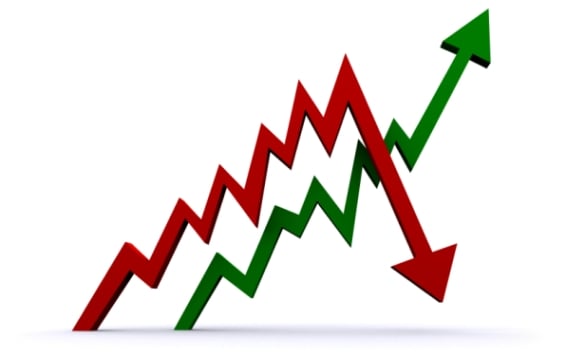Adviser revenue recovered last year to pre-crisis levels as assets continued to climb, but growth expectations for future growth have soured.
Adviser revenue recovered last year to pre-crisis levels as assets continued to climb, but expectations for future growth have soured, according to the Rydex SGI AdvisorBenchmarking survey, released this week.
The median advisory firm's revenue last year was $1.74 million, up from $1.46 million in 2009 and surpassing the prior peak of $1.67 million in 2007.
Median assets reached $208 million last year, up from $174 million in 2009 and well above the $155 million reached in 2007.
The survey, completed this spring, collected data from more than 300 advisory firms.
Advisers' top goal — more than ever — is to continue to build assets.
But their expectations for asset growth have fallen dramatically over the past few years.
The share of advisers expecting very aggressive growth of 30% or more declined from a high of 44% in 2007 to a low of 10% in 2011.
Some 35% of advisers expect asset growth of 10% or less this year, up from just 6% in 2007.
“It's harder to find new clients in an environment like this,” said Marc Zeitoun, head of intermediary distribution at Rydex SGI.
The median asset management fee that advisers charged last year rose to 105 basis points, up from 92 in 2009 and a low of 90 in 2008.
“In 2008, it was no surprise to see fees fall — advisers do what they need to do to keep clients happy,” Mr. Zeitoun said.
In 2007, fees hit a high of 111 basis points.
But while fees are back up, expenses have risen, as well. Average expenses increased 7% last year, more than double the rate in 2009.
Rising expenses show the “need to invest in their businesses and speaks to the competitiveness of the segment,” Mr. Zeitoun said. “Advisers have to provide additional services in addition to just investment advice.”
The expense trend is troubling if it keeps advisers from building in a profit cushion, the survey report said.
Mr. Zeitoun also noted that more advisers are using risk indicators that measure downside volatility, such as Sharpe and Sortino ratios. And just 16% currently don't use any risk indicator, compared with 18% in 2009.
The increased attention to downside risk is “one of the lessons learned from 2008,” Mr. Zeitoun said.
According to advisers, the biggest threats to their practices continue to be the difficulty in finding new clients and dealing with regulations. Issues that have become bigger concerns for this year are the market impacts on assets and managing client expectations.







